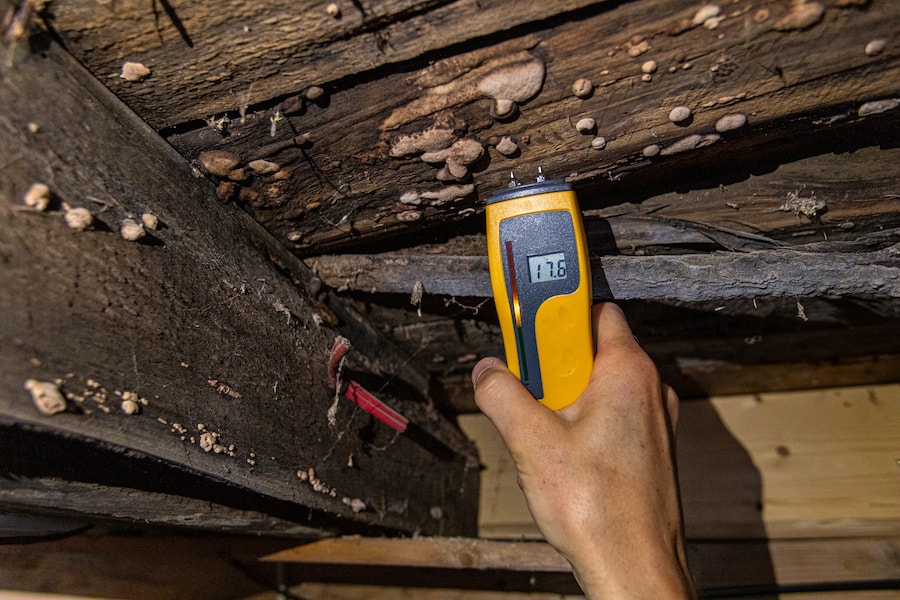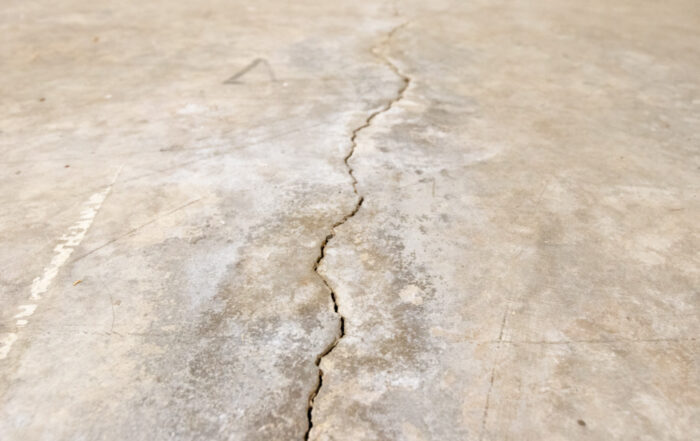The Pros & Cons of Pier & Beam Foundations

Prior to the 1960s, homes were built suspended in the air. In fact, back before slab technology was refined, most homes were elevated by pier and beam structures. Today, pier and beam foundations (sometimes called post and beam) aren’t as popular, due to the affordable concrete slab option. But you can still find pier and beam foundations used in certain parts of the country, especially in areas that receive a lot of rain or are prone to flooding.
If you’re building a home, there are a lot of factors to consider when choosing your foundation type. You’ll want to evaluate all of them to ensure an informed decision. Continue reading to learn the benefits and pitfalls of the pier and beam structure.
The Pros of Pier & Beam Foundations
The pier and beam model has been around for millennia, ever since humankind has been stacking together logs and boards to support the most elementary of shelters. Of course, technology has evolved significantly in that time. Concrete slab foundations have risen to rank as the most preferred option for builders.
So what makes a pier and beam system worth installing in a modern home? Several factors, actually. To list a few:
- Pier and beam foundations (sometimes called post and beam) elevate homes to protect them from flooding and moisture.
- Between the home and the ground is a crawl space high enough to crawl through (hence, the name) allowing utilities including plumbing and electrical wiring/units to be installed and easily accessed if issues should occur.
- In fact, this is probably the biggest advantage pier and beam foundations have over slab foundations. If there are any plumbing problems in the latter, for example, it could require having to break open the concrete floor to get at any damaged pipes. Generally the former has fewer foundational problems than slab structures and can be less expensive to repair.
- The suspension provided by a pier and beam foundation also helps with expansive soil pitfalls. Shrink-and-swell soils are more likely to negatively affect concrete slab foundations than they are pier and beam foundations.
- There’s also an extra bit of insulation from the air under the home, saving on energy costs. Some people prefer the feel of the wood platform over a concrete floor. While this might attract termites, they’re actually easier to detect thanks to the crawl space.
Of course, no foundation type is going to bring benefits at every level. Read on to learn more about the cons of the pier and beam foundation style.

The Cons of Pier & Beam Foundations
But water doesn’t just come from rain getting in your soil. Inadequate drainage and landscaping designs
The most significant disadvantage of pier and beam foundations, when compared to slab structures, is the cost. While the foundations of small sheds and buildings may be cheaper with a pier and beam structure, elevating your home is almost always more expensive than letting it sit directly on the ground.
Disadvantages to the pier and beam setup, which could be potential roadblocks when buying or selling a home, include:
- Sagging, creaking and bouncy floors
- Rain accumulation and moisture problems
- Poor ventilation
- Mildew, mold, and rotting wood
- Bugs and rodents in the crawl space
Poor design further adds to the list of problems, especially improper spacing between the pier and beams and shim failures due to inferior materials. And this is more common than you may think. Not every home builder is an expert contractor or engineer (or simply doing the right math, for that matter).

Can a Drought Hurt My Foundation?
In keeping with the theme of environmental influence, seasons in which droughts are more common (in some areas more than others), property owners will want to take some protective measures on behalf of their foundation.
Droughts can affect your property’s foundation by causing nearby root systems and soil to take whatever they can of the land’s moisture. As the soil shrinks from lack of water, the strength of the topsoil becomes compromised, and shifting, sinking, and cracking can occur.
The best way to combat a drought is by ensuring you have the land around your home watered sufficiently (not overdoing it, of course), and that you keep an eye on the large root systems of trees on your property. Even outside of times of drought, a large root system can influence the land and cause dry soil where you don’t want it.
Don’t Fret, These Repairs Are Typically More Affordable
Fortunately, repairing these issues is often easier and cheaper than slab problems. This is due in part to the ease of access granted by pier and beam foundations. Whereas an issue with a slab foundation leaves little room for moveability or modular repairs.
In fact, finding certain deep or horizontal cracks in a slab foundation may be a terminal diagnosis for the slab and will require extensive steps for a solution.
External Factors Worth Mentioning
Your builder or foundation expert will approach your new foundation with a long list of environmental influences. External factors that can affect the integrity of your foundation often include:
- Landscaping and water drainage
- Surrounding vegetation
- Soil type
- Longevity of building materials
Whether you go with a concrete slab or the older pier and beam foundation method, the tricky element most likely to influence the foundation build is water. Flooding can significantly damage concrete, alter the soil makeup, and cause wood to rot.
Are the Pros Worth the Cons?
If you decide on a pier and beam foundation either out of choice or necessity, bear in mind that no structure is perfect. Fortunately, most pier and beam foundational issues are easily remedied when spotted early.
For many homeowners and developers, the pros may very well outweigh the cons. It all depends on the setting and budget. However, determining the best solution requires professionals who can guarantee quality and know what’s best for your property’s lifespan.
Decades of Texas Foundation Repair Experience
With over 25,000 foundation repairs over the last 25 years, we understand the scope and complexities surrounding pier and beam foundations. Our engineers get right down to business in evaluating the circumstances of a property and provide practical solutions and honest communication our clients will appreciate.
Perma Pier provides foundation repair solutions throughout the state, including areas of Houston, Austin, San Antonio, Dallas, & Fort Worth. Schedule your no-charge evaluation or learn more about pier and beam foundations by reaching out to one of our offices today.



